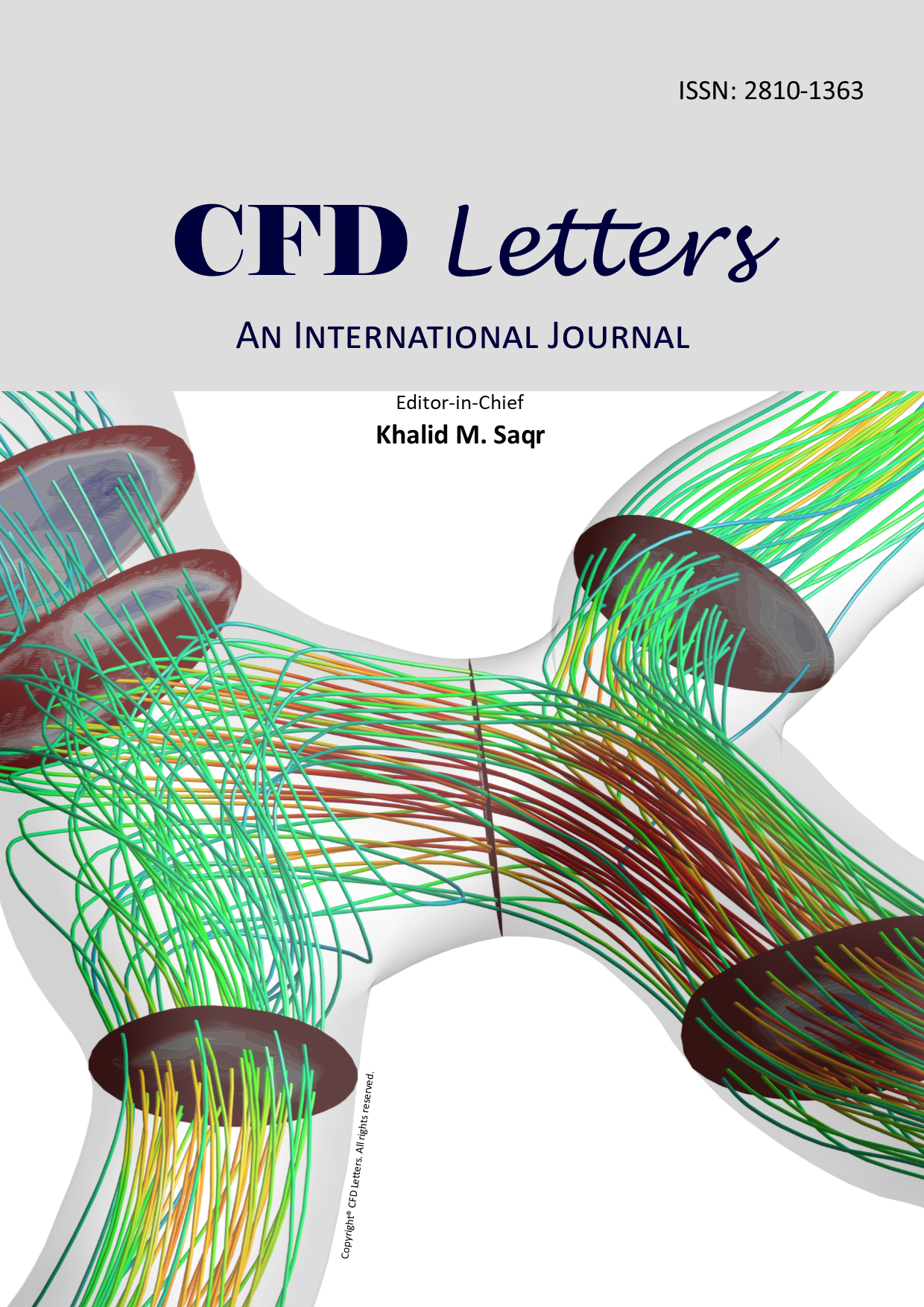Enhancing the renewable energy payback period of a photovoltaic power generation system by water flow cooling
DOI:
https://doi.org/10.37934/stve.3.1.7385Keywords:
Efficiency improvement way, Energy payback period, Parametric study, Photovoltaic (PV) technology, Water-flow cooling techniqueAbstract
A photovoltaic system which enjoys water flow cooling to enhance the performance is considered, and the impact of water flow rate variation on energy payback period is investigated. The investigation is done by developing a mathematical model to describe the heat transfer and fluid flow. A poly crytalline PV module with the nomical capacity of 150 W that is located in city Tehran, Iran, is chosen as the case study. The results show that by incresing water flow rate, EPBP declines first linearly, from the inlet water flow rate of 0 to 0.015 kg.s-1, and then, EPBP approaches a constant value. When there is no water flow cooling, EPBP is 8.88, while by applying the water flow rate of 0.015 kg.s-1, EPBP reaches 6.26 years. However, only 0.28 further years decreament in EPBP is observed when the inlet water mass flow rate becomes 0.015 kg.s-1. Consequently, an optimum limit for the inlet water mass flow rate could be defined, which is the point the linear trend turns into approaching a constant value. For this case, as indicated, this value is 0.015 kg.s-1.









